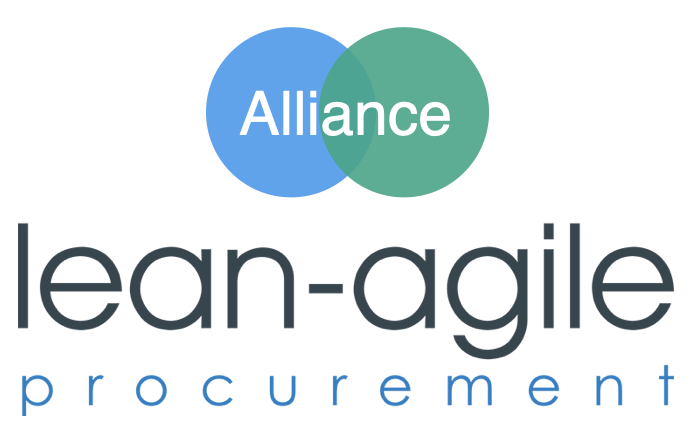Roche's Agile Journey in Global Procurement
Colm Diamond from Roche Global Procurement shares on how his organization embarked into an agile transformation journey to to drive innovation and better meet patient needs.
Roche is one of the world’s largest biotech companies.
We had the pleasure to welcome Colm at the Agile Across Organizations conferences track during the 2023 World Agility Forum.
In today's dynamic environment, even well-established companies like Roche, a 126-year-old pharmaceutical giant focused on "doing now what the patient needs next", are embracing transformation.
Colm Diamond from Roche Global Procurement shares a compelling look into their journey to integrate agile principles within their highly decentralized culture.
Roche is a large organization with 100,000 employees globally and operations spanning pharmaceuticals and diagnostics. While decentralization might seem inherently suitable for agility, it creates "cultures within cultures". Despite this complexity, there's a strong company-wide push for agility to drive innovation and better meet patient needs.
Roche's Global Procurement function started by centralizing and implementing category management to gain a global view of value, partners, and risk. However, they found that different internal "customers" had varying needs – corporate seeking global value versus business units requiring tailored support for their specific jobs. This realization spurred the evolution towards "next generation procurement," aiming to understand how agile fits in.
The goal is threefold:
to be more customer-centric,
remain efficient and effective (recognizing not everything needs agility)
deliver value beyond savings by understanding and solving problems.
It's highlighted that savings free up cash for R&D, directly funding the creation of life-saving drugs.
This transformation led to a new organizational structure based on Chapters, Networks, and Squads. Chapters are the organizational homes (Customer Excellence, Delivery, Insights & Enablement). Networks are how the work gets done, enabling decentralized decision-making, grouping cross-functional teams, driving 90-day outcome-based planning, and translating global goals into customer-specific outcomes. They helped address issues like inconsistent language and conflict between chapters. Squads are simply project teams.
Agile principles and design thinking have been applied in various use cases. This includes forming cross-functional Scrum teams internally to solve problems (like integrating the customer experience in marketing/sales), specifically adapting Scrum for the procurement context due to more dependencies and people involved. Design thinking is used by the Solutions team to define the scope around customer problems and create use cases beyond traditional procurement. They've also used agile techniques with suppliers before selection, though applying this successfully with suppliers after selection (Supplier Relationship Management or SRM) has proven more challenging, despite attempts with hypothesis-led sprints.
From this journey, several key insights emerge:
Agility needs structure: Simply letting everyone choose their approach didn't work; a framework like the Networks structure was necessary.
Adapt the approach: Agile and design thinking need to be adapted specifically for procurement; what works in IT or marketing requires adjustments due to procurement's unique context and dependencies.
Practice what you preach: Leaders and teams must apply agile and design thinking principles to their own work ("do it on yourself") to truly understand their relevance and build capability, moving beyond just using templates.
Collaboration after the contract ("life after the wedding") is harder: While collaboration works well during supplier selection when there's mutual gain, making it work post-contract to drive value and solve problems remains a significant challenge, requiring focus on incentives, trust, and assuming good intent.
Capability building is ongoing: Shifting mindsets, behaviors, and skills is crucial but difficult, requiring dedicated time, organizational changes, and daily effort applied personally ("do it on yourself").
Looking ahead, Roche Procurement sees the future involving moving beyond transactional negotiation towards greater collaboration. They aim for "procurement for good, not just goods," tackling issues like sustainability, even using outcome-based planning with suppliers for challenges like carbon reduction. The disruption by AI is also seen as coming soon, though its full impact on collaboration is yet unclear.
Watch the full talk to delve deeper into Roche's transformation and the lessons learned.

